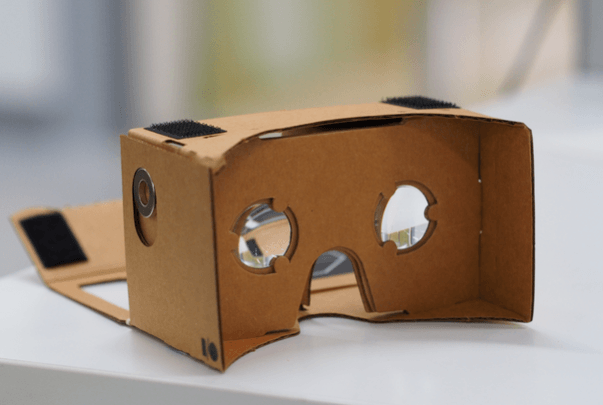
Amidst the news of Oculus Rift, PlayStation VR and HTC Vive, Google has revealed a new upgrade to its Google Cardboard VR headset -- the addition of spatial audio support. Spatial audio support will enhance the immersive VR experience of Google's headset that supports 360-degree YouTube videos, Expeditions – educational programme, and more.
Spatial audio support will let the user hear the sound like the way real human ears do. So if a person is listening to birds singing, then it will be above him/her. It will combine "the physiology of a listener's head with the positions of virtual sound sources to determine what users hear," said Nathan Martz, product manager of Google Cardboard.
It will let users, "specify the size and material of your virtual environment, both of which contribute to the quality of a given sound... a conversation in a tight spaceship sound very different than one in a large, underground (and still virtual) cave," he said.
The addition of spatial audio will have "minimal impact on the primary CPU".
"People tend to focus on visual quality in VR but audio is just as important," Martz said, Gizmodo reported. "The way people tend to do 3D audio is a pretty simple approximation...you don't have the right audio cues."
This new addition does not change the fact that Google's VR headset is still a cardboard box with lenses attached. Moreover, Cardboard only needs the user's smartphone to activate the VR experience. In comparison, Oculus Rift revealed that it needed PC with high specifications to power its VR experience.

















